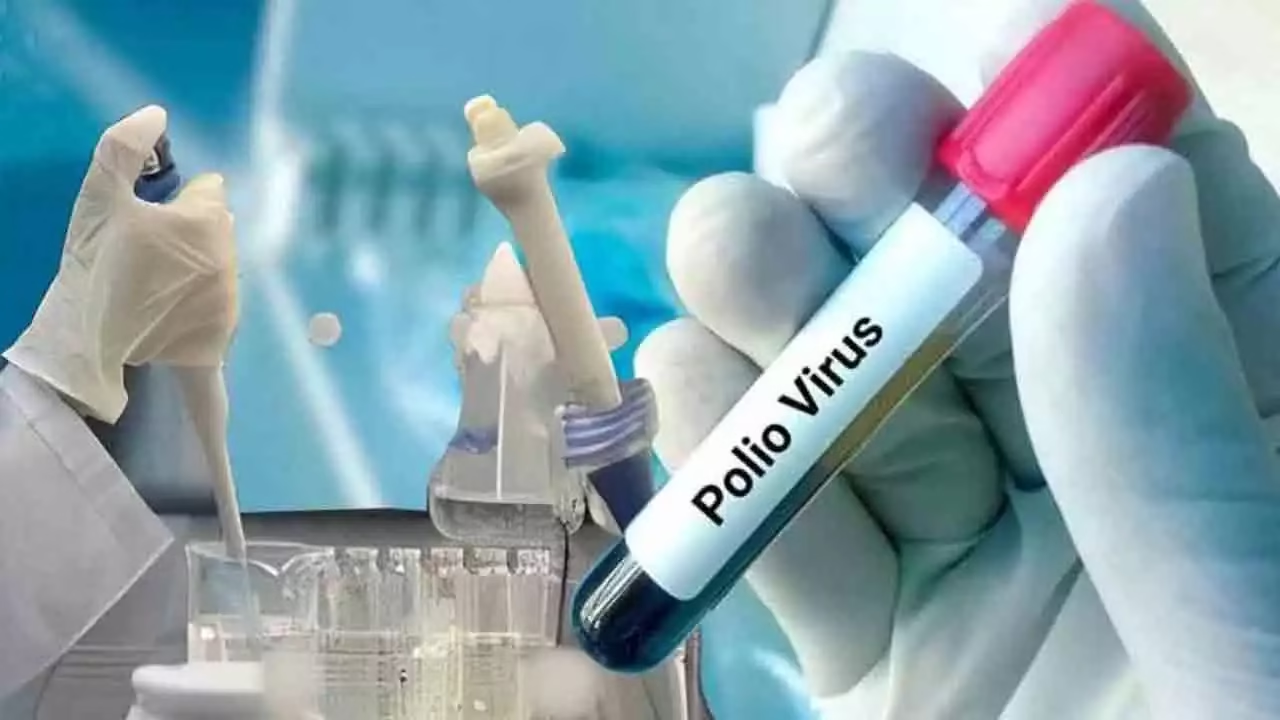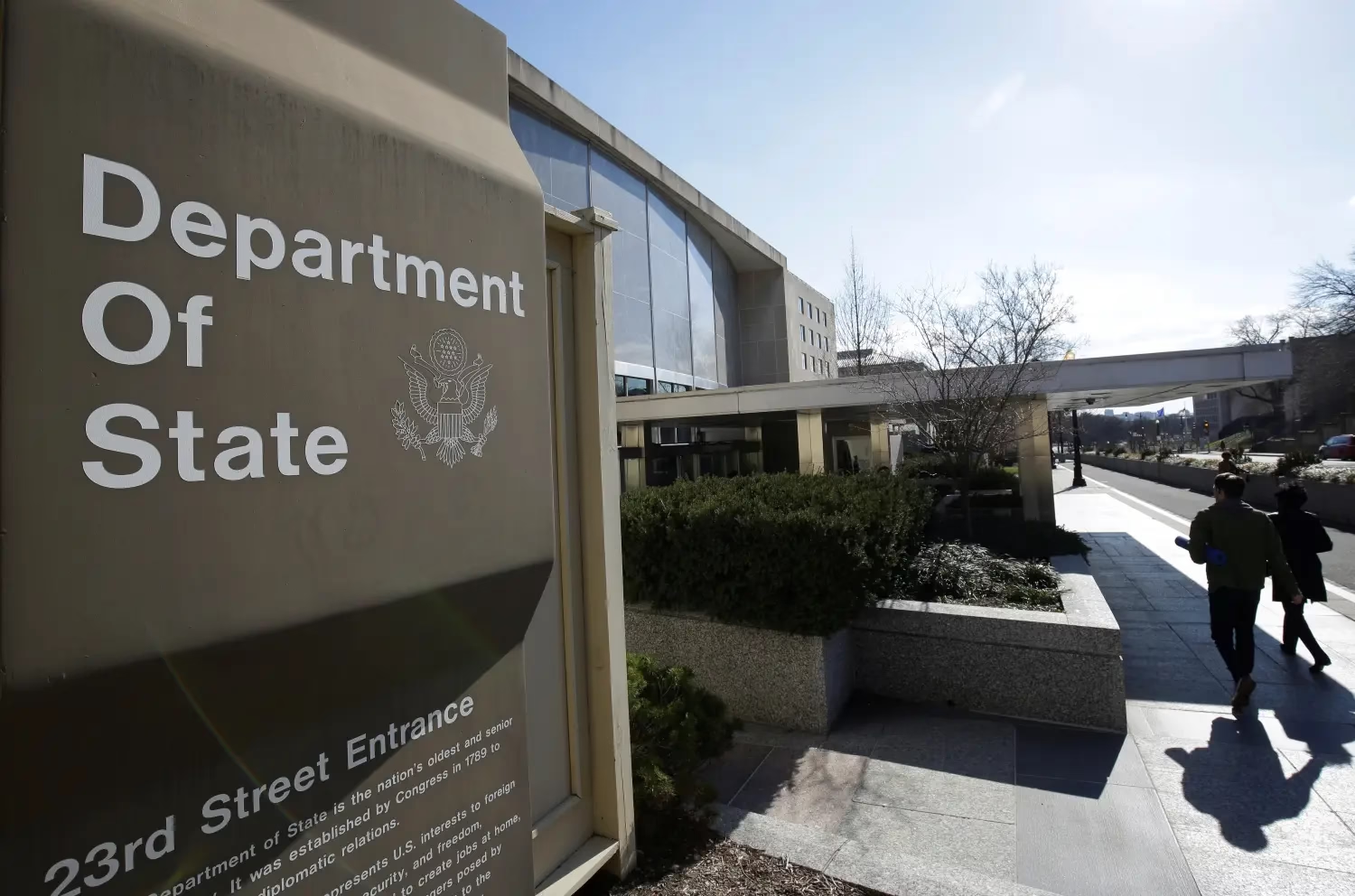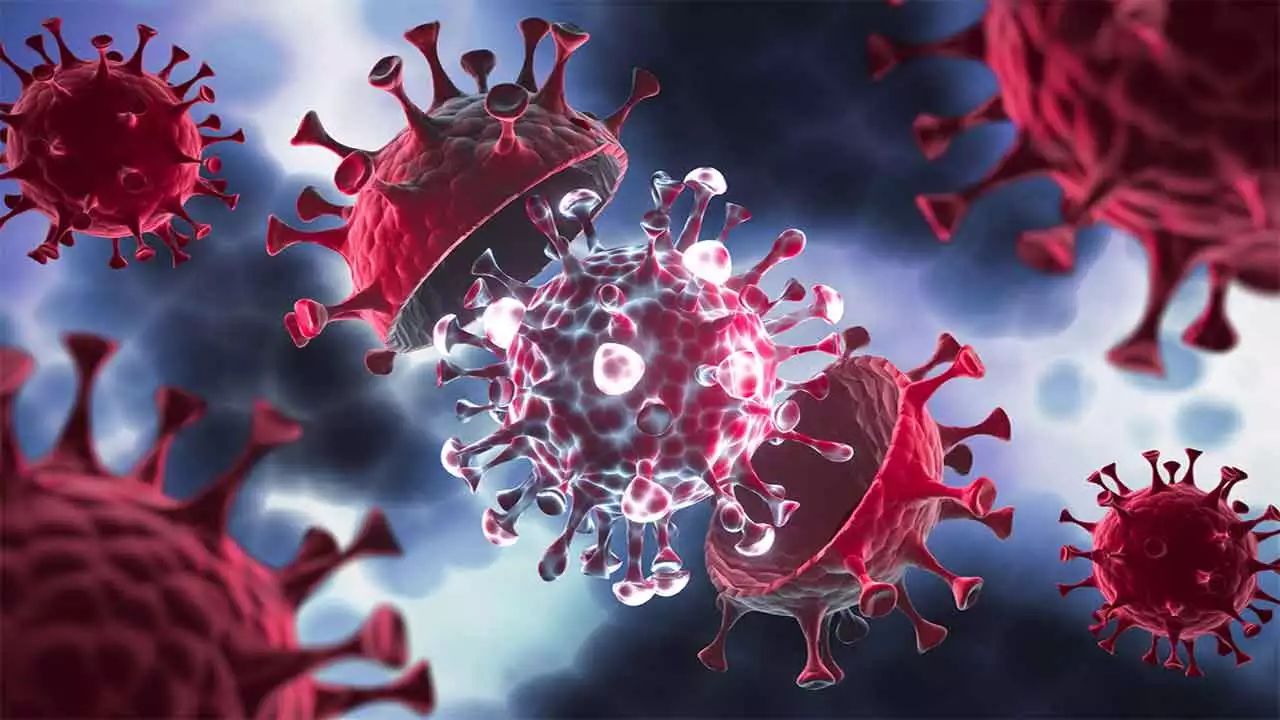The fight against polio in Pakistan continues to face challenges as the country reports its 73rd polio case of 2024. According to the Polio Eradication Program, the latest case has been confirmed in Thatta, Sindh, marking the region’s first reported polio case in the past year. This alarming development underscores the persistent threat posed by the disease despite ongoing eradication efforts.
Polio Cases Across Provinces in 2024
The breakdown of the reported polio cases highlights the geographic spread of the disease:
- Balochistan: 27 cases
- Khyber Pakhtunkhwa (KP): 22 cases
- Sindh: 22 cases, including the latest one from Thatta
- Punjab: 1 case
- Islamabad: 1 case
This distribution emphasizes the urgent need for targeted interventions in high-risk areas like Balochistan, KP, and Sindh.
The Latest Case in Thatta
The recently confirmed case from Thatta began on December 10, 2024, marking a concerning development for the Sindh province. Thatta had remained polio-free for the past year, but this case underscores the vulnerability of even previously unaffected regions. Health officials are now intensifying surveillance and immunization efforts in the area to prevent further spread.
Upcoming Polio Vaccination Campaign
To combat the growing number of cases, the government has announced the first nationwide polio vaccination campaign of 2025, scheduled to run from February 3 to 9. This campaign aims to immunize millions of children under the age of five, focusing on areas with high transmission rates.
Key goals of the campaign include:
- Enhanced Coverage: Reaching every child in high-risk districts.
- Community Awareness: Educating parents about the importance of vaccination.
- Mobile Vaccination Units: Deploying teams to remote and underserved areas.
Challenges in Eradicating Polio
Despite decades of effort, Pakistan remains one of only two countries where polio is still endemic. Several factors contribute to the persistence of the disease:
- Misinformation: Misguided beliefs about vaccines deter many parents from immunizing their children.
- Access Issues: Remote and conflict-affected areas often remain unreachable for vaccination teams.
- Political Instability: Insecurity in certain regions hampers effective campaign implementation.
Progress and Hope
While the number of cases reported in 2024 is concerning, significant progress has been made in the fight against polio. For instance, the introduction of advanced diagnostic tools and real-time data collection has improved the efficiency of outbreak responses. Moreover, increased global support and funding continue to bolster Pakistan’s polio eradication efforts.
Community Involvement: A Key to Success
The role of communities in polio eradication cannot be overstated. Parents, religious leaders, and local influencers must actively promote vaccination to dispel myths and encourage participation. Grassroots initiatives, such as door-to-door campaigns and awareness drives, are essential for achieving universal coverage.
The Road Ahead
The government and international health organizations remain committed to eradicating polio from Pakistan. The upcoming vaccination drive represents a critical opportunity to curb the spread of the virus. However, achieving this goal requires:
- Sustained Efforts: Consistent immunization campaigns throughout the year.
- Stronger Surveillance: Early detection and response to new cases.
- Collaboration: Strengthening partnerships with global health bodies and local communities.
The confirmation of Pakistan’s 73rd polio case in 2024 is a stark reminder of the challenges that lie ahead in the fight against this crippling disease. However, with renewed commitment and strategic interventions, there is hope for a polio-free future. The nationwide vaccination campaign in February 2025 offers a vital chance to protect millions of children and move closer to eradicating polio once and for all.



